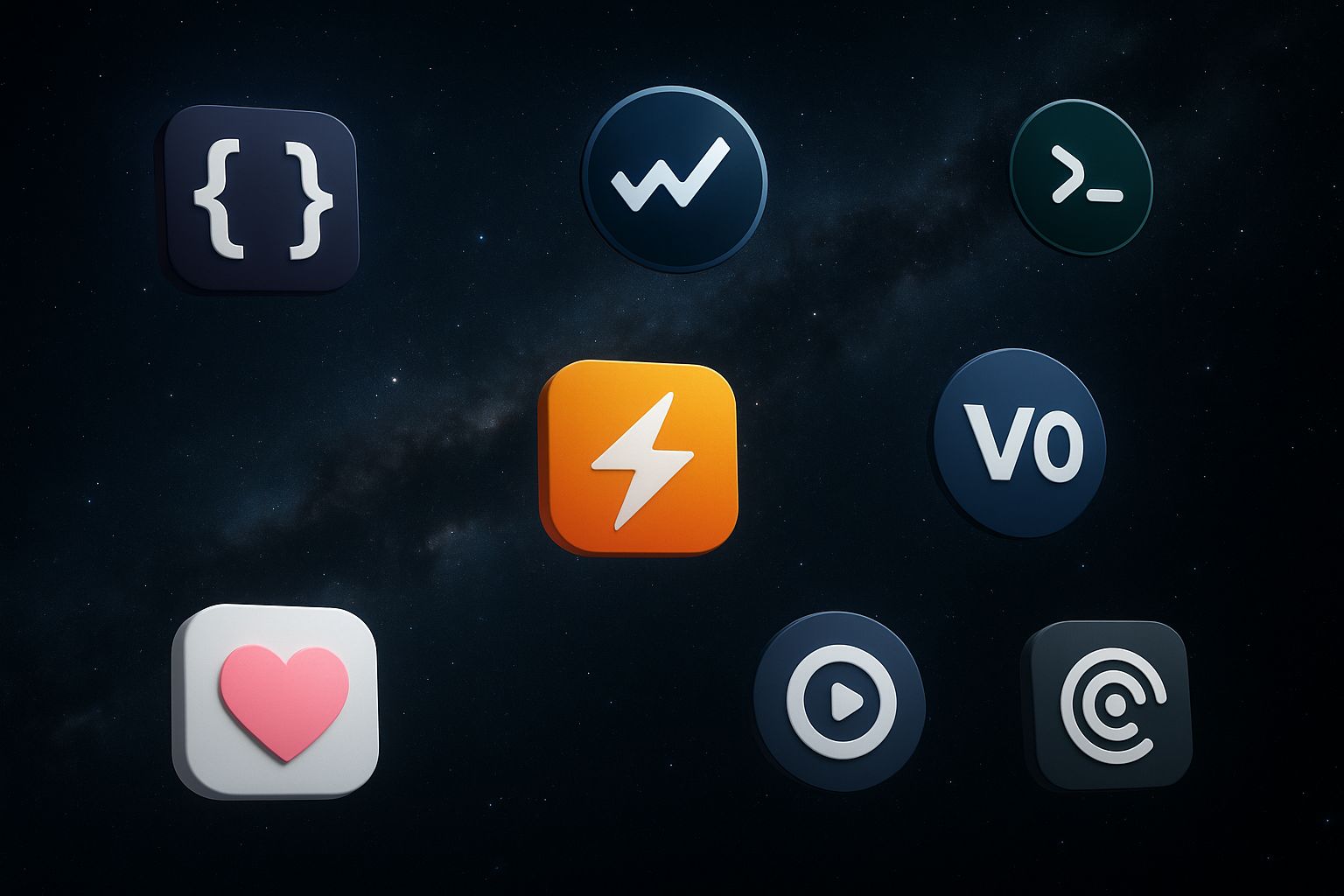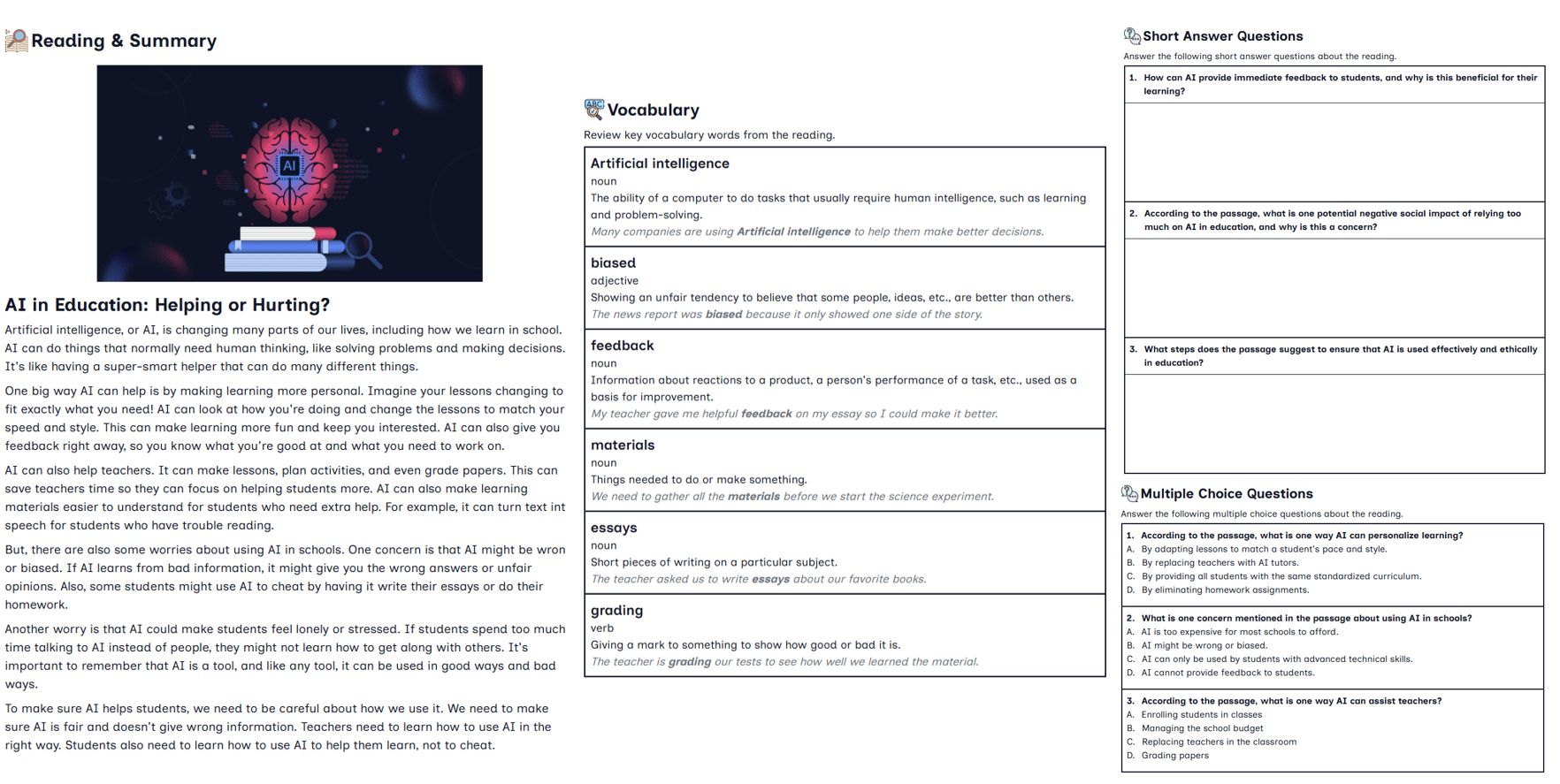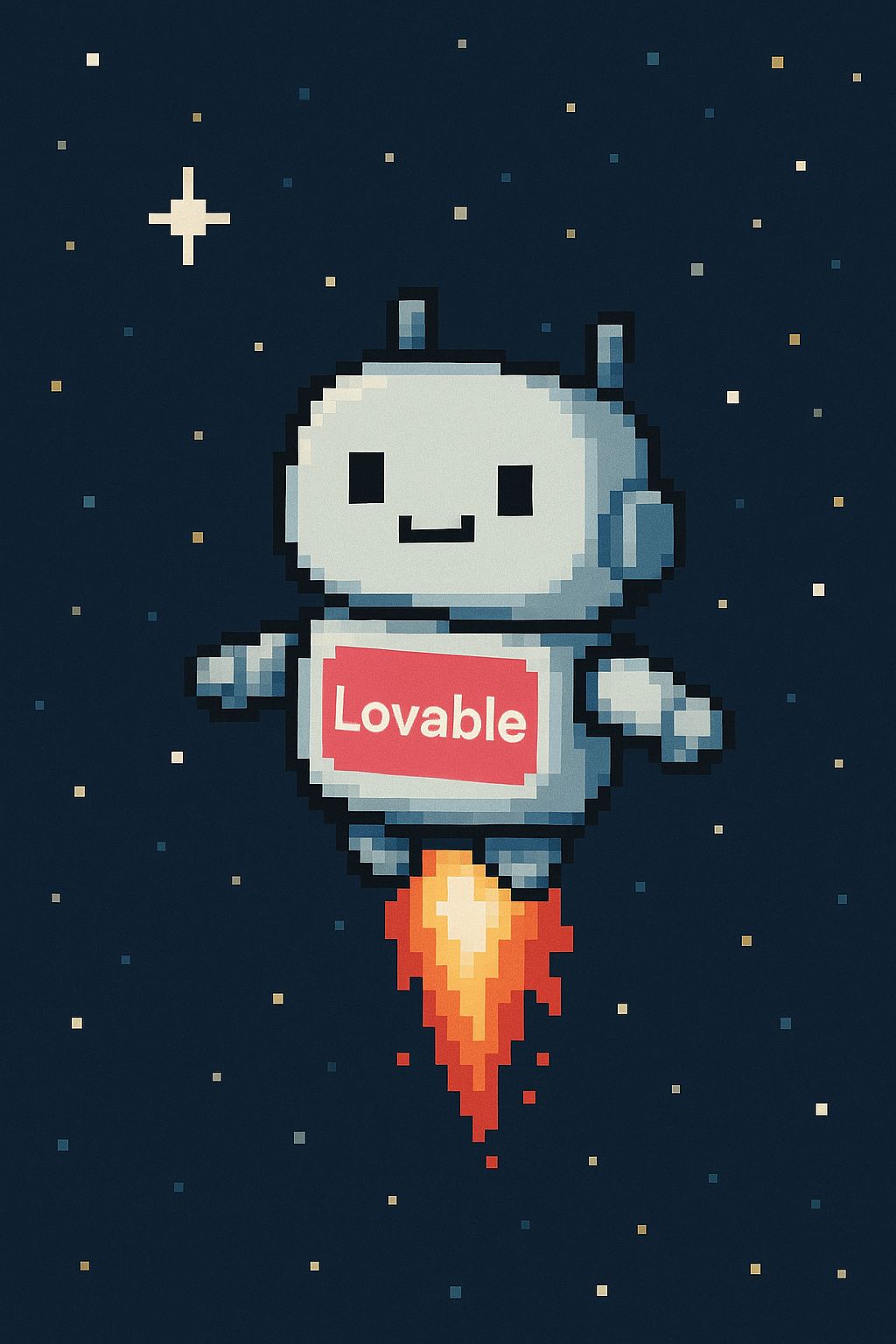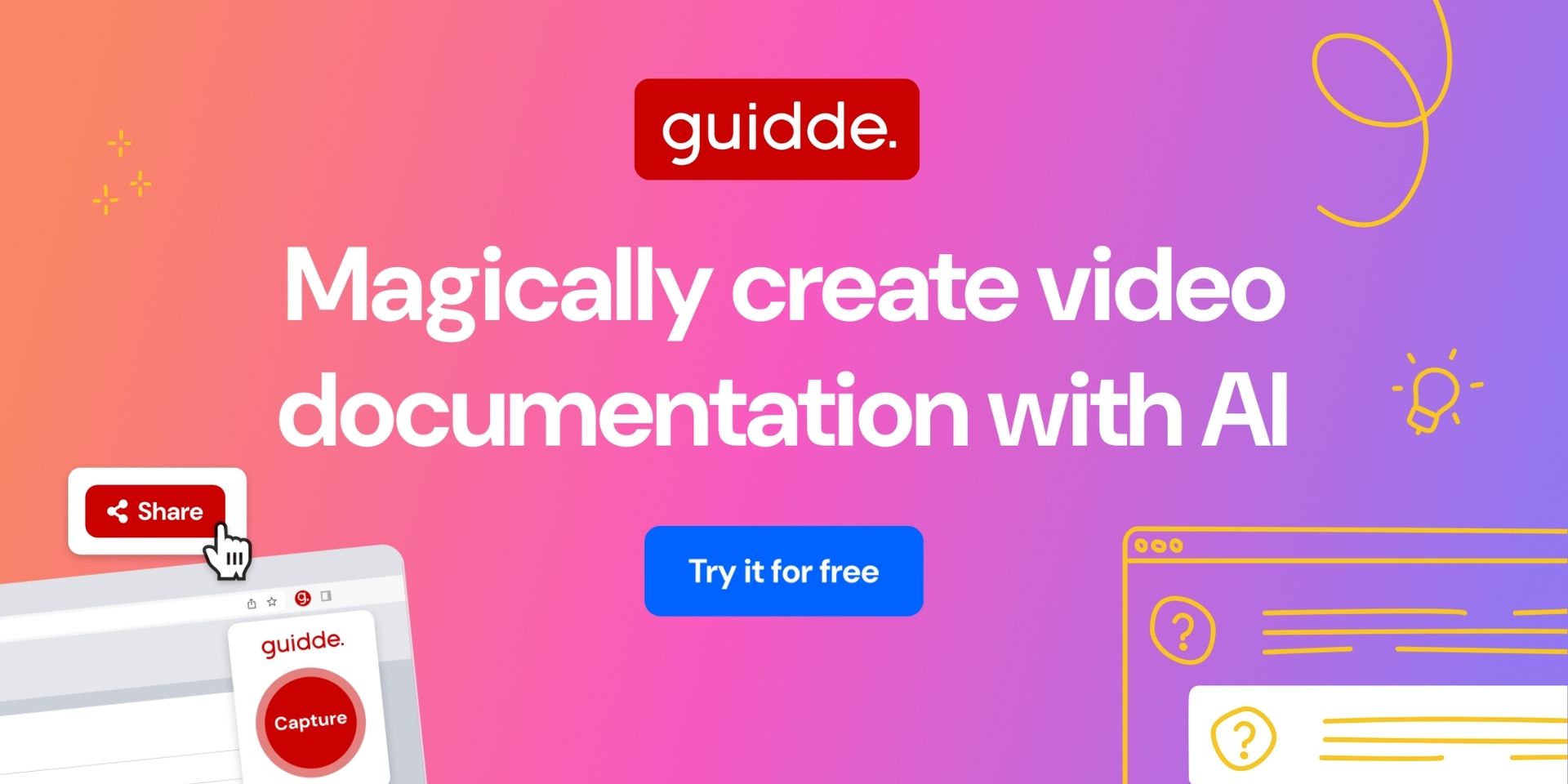- Like Magic: AI newsletter
- Posts
- AI Is The Best Coder In The World!!!! 🌶️🌶️🌶️
AI Is The Best Coder In The World!!!! 🌶️🌶️🌶️
AI is here to stay!

Meet the newest member of the family — OpenAI Codex
Hey fam, buckle up — because we’ve got a major upgrade to our vibe-coding toolkit. Today I want to talk about Codex: the AI agent from OpenAI that’s not just a helper, but a coding partner. Yes, even for you “I’m-not-a-developer” folks.
What’s Codex and why it matters
Codex is an AI coding agent launched in research preview in May 2025 by OpenAI.
Here’s the headline: You feed it your codebase or your idea, and it doesn’t just suggest code — it works on tasks like writing new features, answering questions about your codebase, fixing bugs, and proposing pull requests. It works in the cloud, with sandboxing, multiple parallel tasks, and connects with your repository.
In short: It’s a coding co-pilot, friend, intern and sidekick rolled into one.
Why this is especially cool for you (yes, non-tech founders, biologists, curious humans)
You don’t need to rewrite your business. You can delegate the grunt work: “here’s my repo, make this feature”, “fix this bug in the data ingestion pipeline”, “build a front-end for our eDNA platform”.
It’s built for engineering workflows. That means the gap between “I have an idea” and “I ship it” keeps shrinking.
If you’ve already played with tools like Replit, Lovable or others, Codex is the next level: think less “experiment”, more “deliver”.
It aligns with your ethos — building biotech, environment, apps, startups. You don’t need to spend years learning every framework; you lean in, point Codex at the problem, and build.

A few caveats (because we’re real)
It’s not magic. It still needs your guidance. The more context you give, the better the output.
It works best when integrated into your workflow (code built, repo set up, tests in place). If you’re starting from zero, you’ll still do groundwork.
Always review the code. AI can drift. Bugs, bad practices, weird edge-cases remain.
Cost and access: It started as a research preview; enterprise/cloud workflows may come with limitations.
The bottom line
If you’ve ever said: “I wish I could build this feature, but I don’t know how to code it” — meet Codex.
It’s the kind of tool that takes you from idea → iteration → impact.
And for non-tech founders, biologists turned entrepreneurs, creatives who code (or don’t code) — this is your lever.
So: go open your repo. write the prompt. ask Codex. Ship faster. Get back to what you’re good at — and let the coders-in-AI do the rest.
Here’s to building more. To creating faster. And to staying ahead of the curve.
— Over and out.
Simplify Training with AI-Generated Video Guides
Simplify Training with AI-Generated Video Guides
Are you tired of repeating the same instructions to your team? Guidde revolutionizes how you document and share processes with AI-powered how-to videos.
Here’s how:
1️⃣ Instant Creation: Turn complex tasks into stunning step-by-step video guides in seconds.
2️⃣ Fully Automated: Capture workflows with a browser extension that generates visuals, voiceovers, and call-to-actions.
3️⃣ Seamless Sharing: Share or embed guides anywhere effortlessly.
The best part? The browser extension is 100% free.

From Non-technical to Vibe Coder — and Now, the AI That Codes With You
Five years ago, I was really a non-technical person, just trying to make sense of messy data. Learning Python wasn’t a passion project — it was survival. But what started as a desperate attempt to automate tasks turned into something bigger: discovering the power of vibe coding.
Today, with tools like Replit, Lovable, and v0, I can build apps, prototypes, and AI workflows faster than ever. And just when I thought the toolkit couldn’t get any crazier, OpenAI dropped Codex — an AI coding agent that doesn’t just assist… it collaborates.

We’ve officially crossed the line where anyone — not just developers — can turn ideas into software.
👉 Read the full story on how I went from biology to building with AI, and meet the newest addition to the vibe coding family: OpenAI Codex.

From Reading to Understanding: How Diffit Simplifies Learning
Whether you teach others or just love learning something new yourself, Diffit.com is one of those tools that makes information instantly more digestible.
It takes any article, paragraph, or link and turns it into ready-to-use learning materials — summaries, comprehension questions, vocabulary lists, and even simplified versions for different reading levels.
It’s like ChatGPT, Google Classroom, and a caffeine rush had a baby.
What’s Cool About It
Instant Differentiation – Adjust reading level (from early learners to advanced) in one click.
Ready-to-use Outputs – Summaries, multiple-choice questions, vocabulary definitions, and discussion prompts.
Upload or Paste – Works with pasted text, links, or uploaded PDFs.
Share & Export Anywhere – One click sends your generated material directly to Google Docs, Google Classroom, or as a downloadable PDF or Slides presentation.
Clean Split View – Original content on one side, your teaching goldmine on the other.
🧪 Our Test – From Article to Assignment
We took a short article about “How AI is Changing Education” and pasted it into Diffit.
In less than ten seconds, we got:
a neat summary paragraph,
five multiple-choice questions,
a short vocabulary list,
and a discussion prompt (“Do you think AI should help students learn?” — nice one, Diffit).
We then changed the reading level from High School to Elementary, and instantly, “adaptive learning algorithms” became “smart programs that help students learn.”
That’s not simplification — that’s translation magic for teachers.
We also tested the export options — and they work flawlessly.
In one click, the full lesson (summary, quiz, and glossary) opened in Google Docs, ready to share or print.
We tried sending it to Google Classroom, and it auto-formatted everything into a post-ready assignment.
For those who love PDFs or Slides — it’s just as smooth.

Diffit in action — from article to complete lesson plan with summary, vocab, and questions. All in one click.
Final Thoughts
Diffit.com turns lesson design — or just understanding new topics — into something you actually want to do.
It’s fast, intuitive, and surprisingly good at turning complex ideas into clear takeaways.
Whether you’re a teacher preparing materials, a student trying to review smarter, or simply someone who loves breaking down information into bite-sized clarity — this tool makes learning feel effortless.
We’re giving it 4.5 on our LMAI scale — smart, simple, and ready to teach you something new.
And now, if you’ll excuse us — we’re off to let Diffit prep our next quiz while we pretend we already knew all the answers.

Text generation | Image Generation | LMAI recommends |
|---|---|---|
Like Magic AI NFT 🏞️
Our master plan is to publish an NFT image in each newsletter and hand it out to our subscribers. The earlier you subscribe, the smaller the series are. It's a future collectible, a piece of digital art that captures the essence of this moment in time.
Thank you for being a valued subscriber. Together, let's embrace the magic of AI and creativity!

LMAI153-07112025
Was this email forwarded to you? Sign up here 👇



Reply